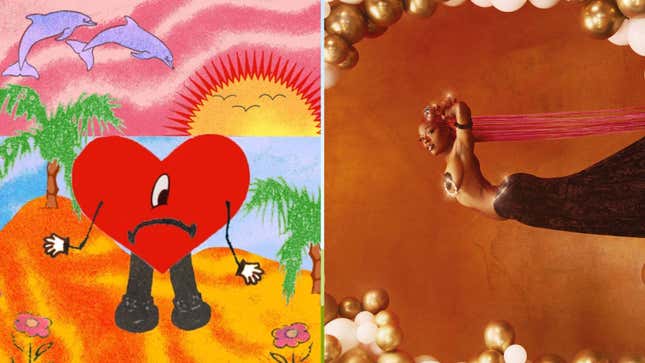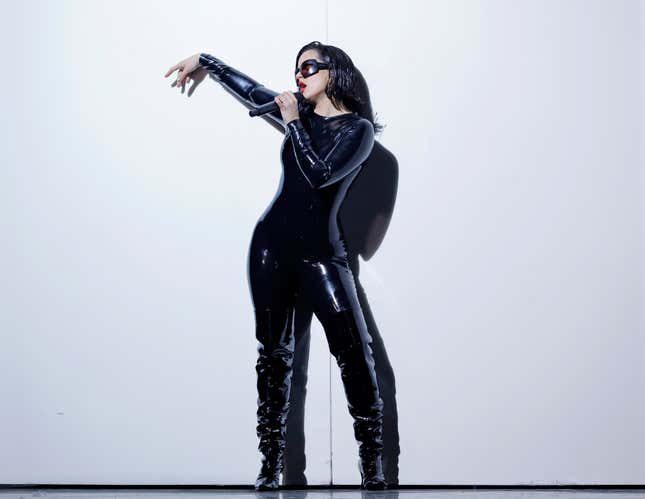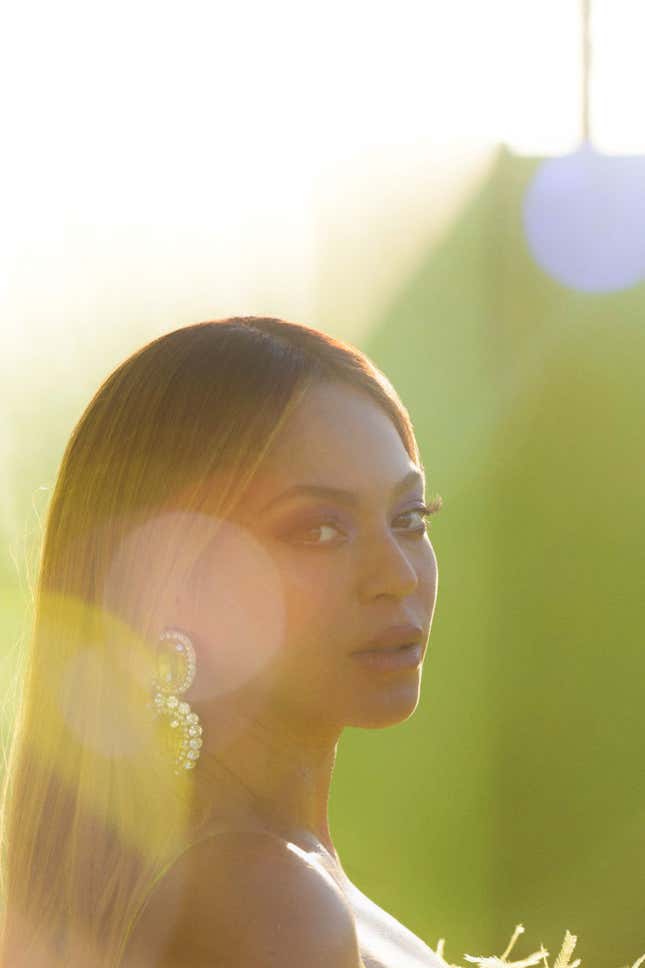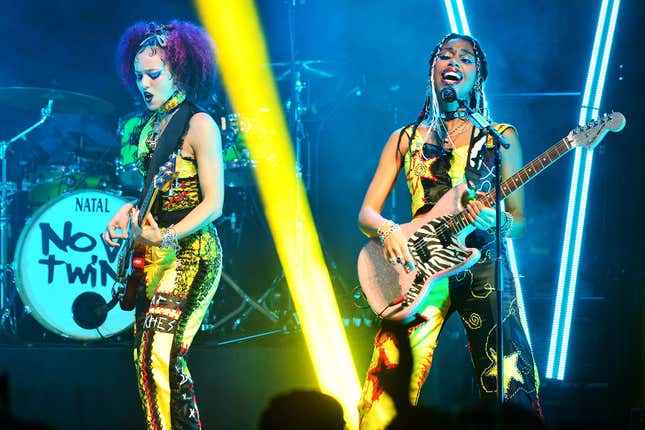Pop Music Finally Broke Us Through the Pandemic Time Loop
Time got weird in a new way as Beyoncé, Rosalía, and other artists made albums in 2022 that were about lockdown, even when they weren't.
EntertainmentMusic

Maybe 2022 will turn out to be the year Groundhog Day finally ended. For a good while after the start of lockdown, invoking the 1993 Bill Murray movie became shorthand for the sameness of our days—that feeling that we were stuck in a kind of temporal loop. But as vaccines brought with them a sense of confidence that survivors would, in fact, survive, and as the world opened up rendering the new normal a ringer for the old one, the loop, it would seem, broke. It was replaced by what felt like jump cuts.
If time once flowed circularly, now it was flickering. This effect crashed into my consciousness in March, when I saw Low play in New York, which I’ve been doing intermittently since the late ‘90s. Standing there, watching them command a silent crowd with sometimes the faintest of sounds, I felt two ways at once: Seeing this band is just something that I do, and this is something I haven’t done in so long. (The last time was in 2018, before covid was even a concept.) It was like hitting my brain’s funny bone and experiencing that simultaneous understanding that something conventional is now technically novel. I could compare it to deja vu, but in the place of the false memory, or the memory whose veracity I couldn’t quite put my finger on, was an actual memory. Some things feel like they happened a million years ago and also yesterday. Time moves more strangely than ever now.
The past felt particularly not dead and especially not past on many of the year’s most acclaimed (per Metacritic) and most consumed (according to Billboard) albums. So much music deemed notable by critics and audiences alike in 2022 was profoundly shaped by the pandemic, the quarantine era in particular, giving it a temporal wooziness. That the lockdown era continued to play out in this medium was at least partly a product of the time it takes to turn around major-label (and some indie) releases—Björk had her mushroom moment in public with her album Fossora about two years after everyone else did in private, because the work she did in quarantine was finally ready for release. Rosalia’s beloved Motomami (No. 1 on Metacritic’s list) is in part the product of a one-room “little setup” of “basics like just the midi keyboard, the computer, just with the mic” that the Spanish singer/producer situated during quarantine. Even something as seemingly minor as the heart on the cover of the No. 1 Billboard 200 album of 2022, Bad Bunny’s Un Verano Sin Ti, owes a debt to covid. “I drew the heart during the pandemic lockdown, and I sent it to [graphic designer Ugly Primo]. Out of the entire album, the heart was the first thing that I thought of,” recalled Bad Bunny.

Other artists reported finding liberation in lockdown. Georgia South of the Nova Twins said of the band’s sophomore album, Supernova (No. 2 on Metacritic’s top scoring 2022 releases): “I think lockdown allowed us to have time to reflect and experiment more, and get it wrong. There was no schedule, so it was like: ‘Should we write an album? We’ve got nothing else to do!’ That’s the best way when you work without pressure: Sometimes it allows you to do more, think more out of the box.” Supernova was written and recorded in the wake of the group having to cancel the tour for their debut, just 10 days into the trek. Guitarist David Noonan and singer Katie Ball of the neo-Shoegaze Irish band Just Mustard said their sophomore album, Heart Under (No. 8 on Metacritic’s list), had also been creatively shaped by lockdown, as they initially worked on ideas in isolation. “Because of the first hardcore lockdown stuff, everyone was making scraps of ideas on their own. There was a pool of noises and chords that we could draw upon. Not all of them became songs, but there were ideas for sounds and stuff we had developed,” explained Noonan. “We just had time to experiment and build up a bank of things to use,” added Ball.
-

-

-

-

-

-

-

-

-

-

-

-

-

-

-

-

-

-

-

-

-

-

-

-

-

-

-

-

-

-

-

-

-

-

-

-

-

-

-

-










































